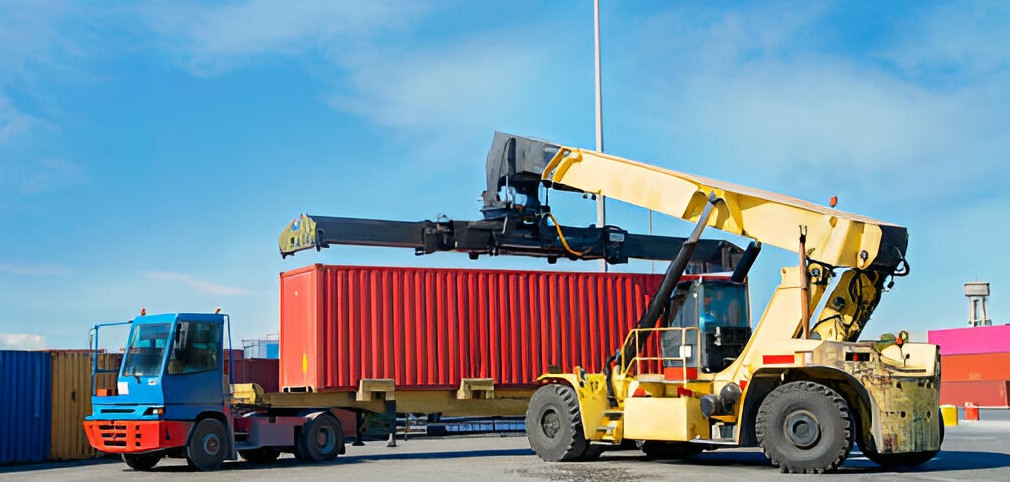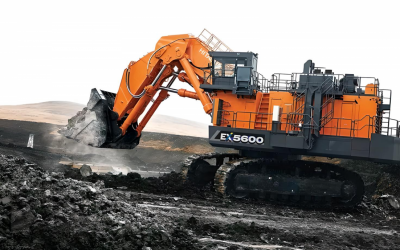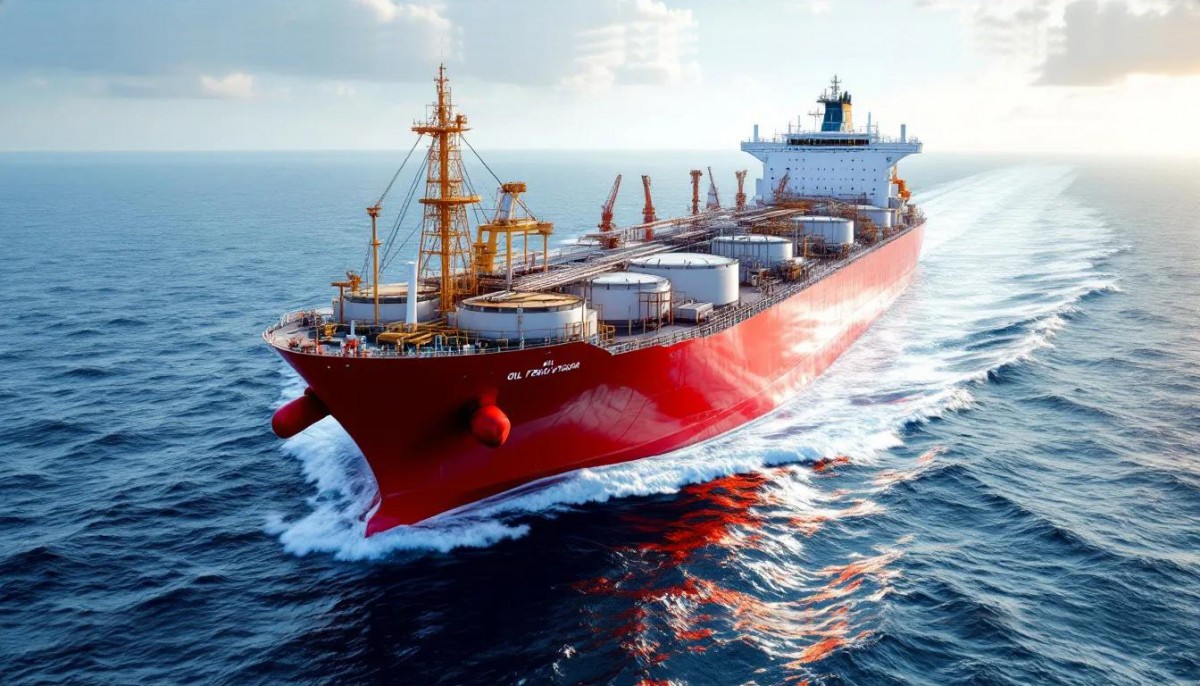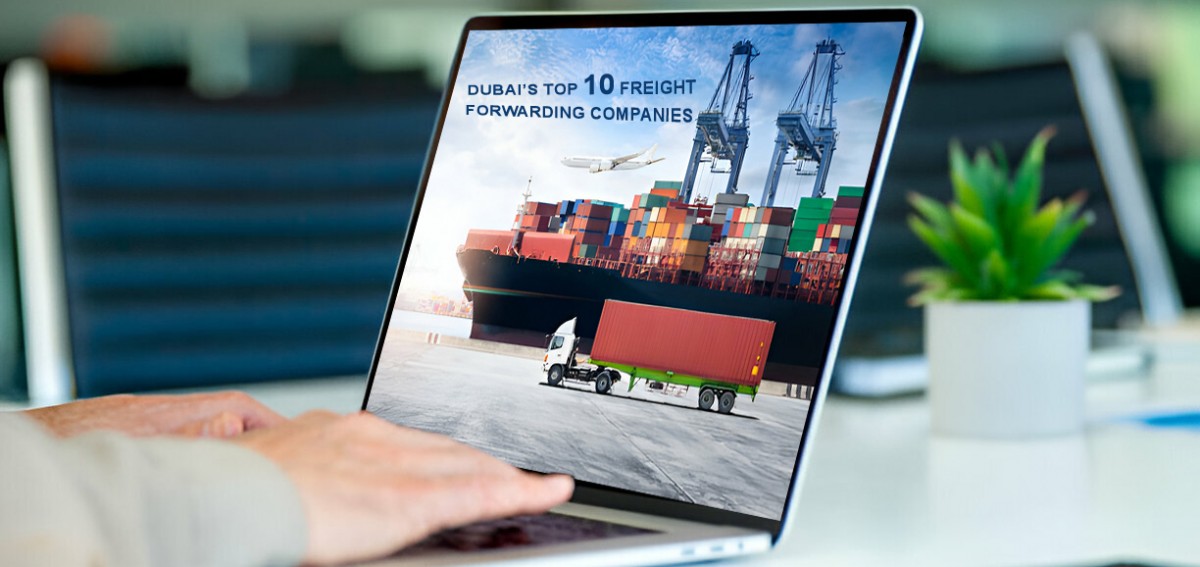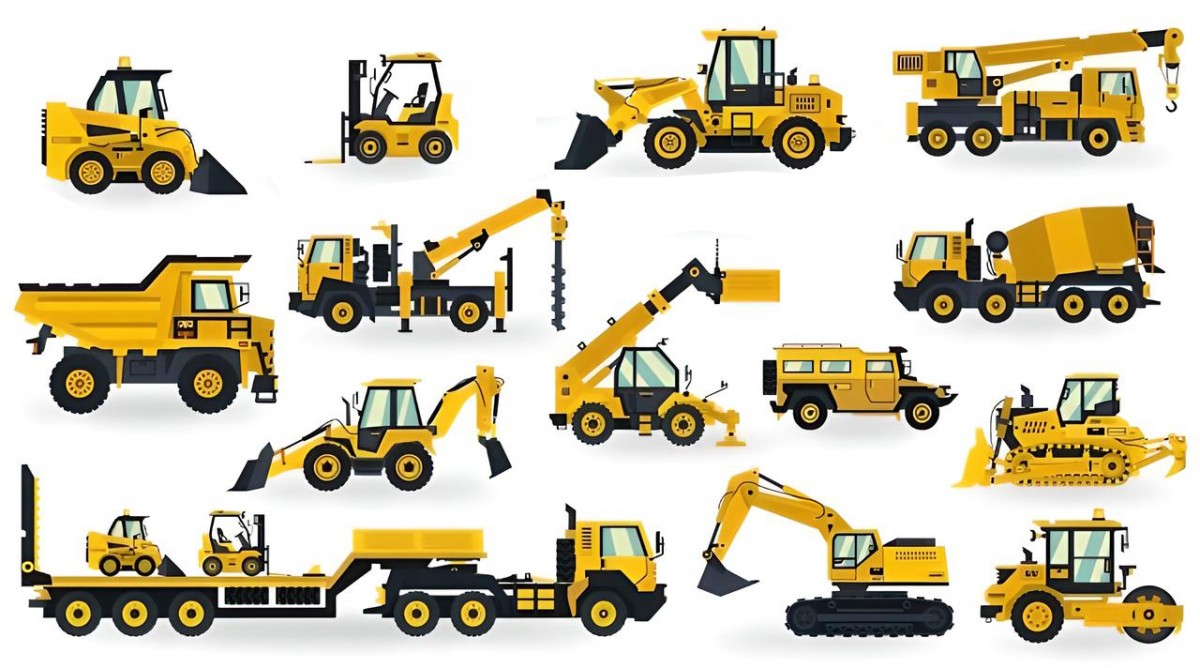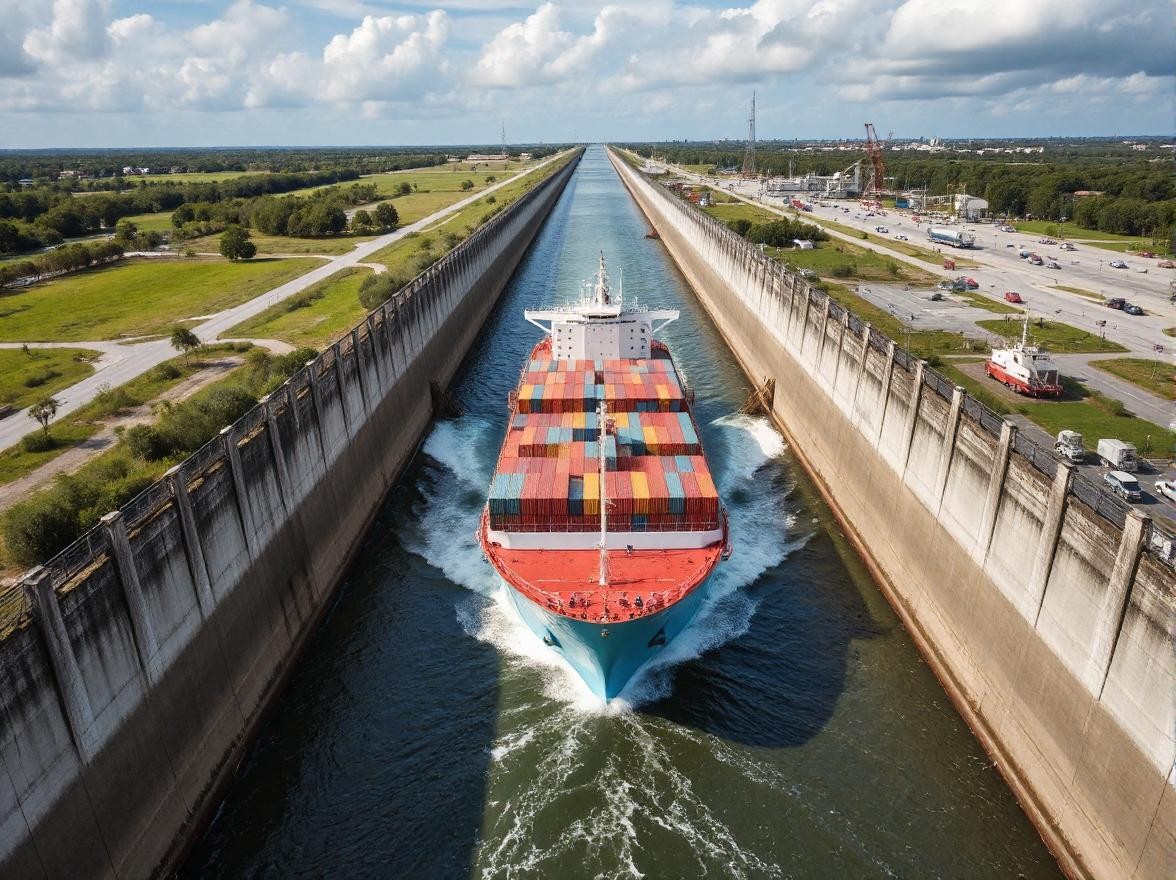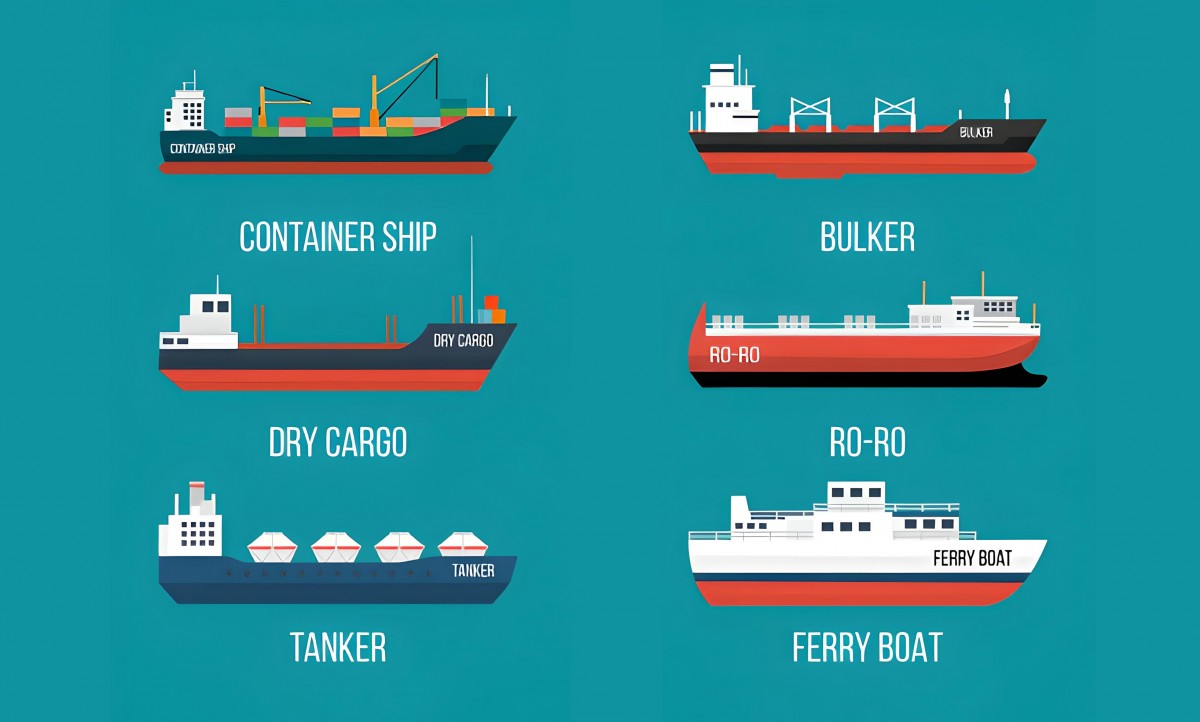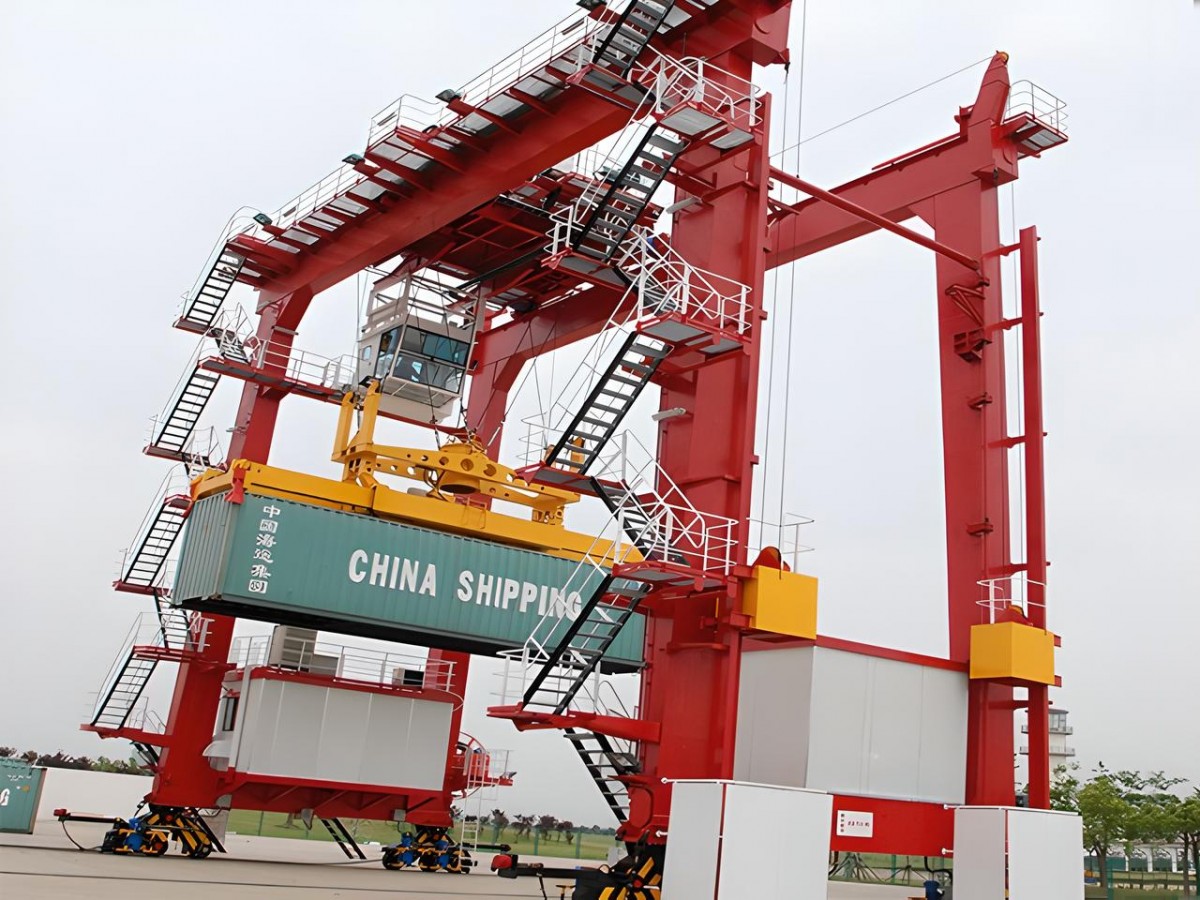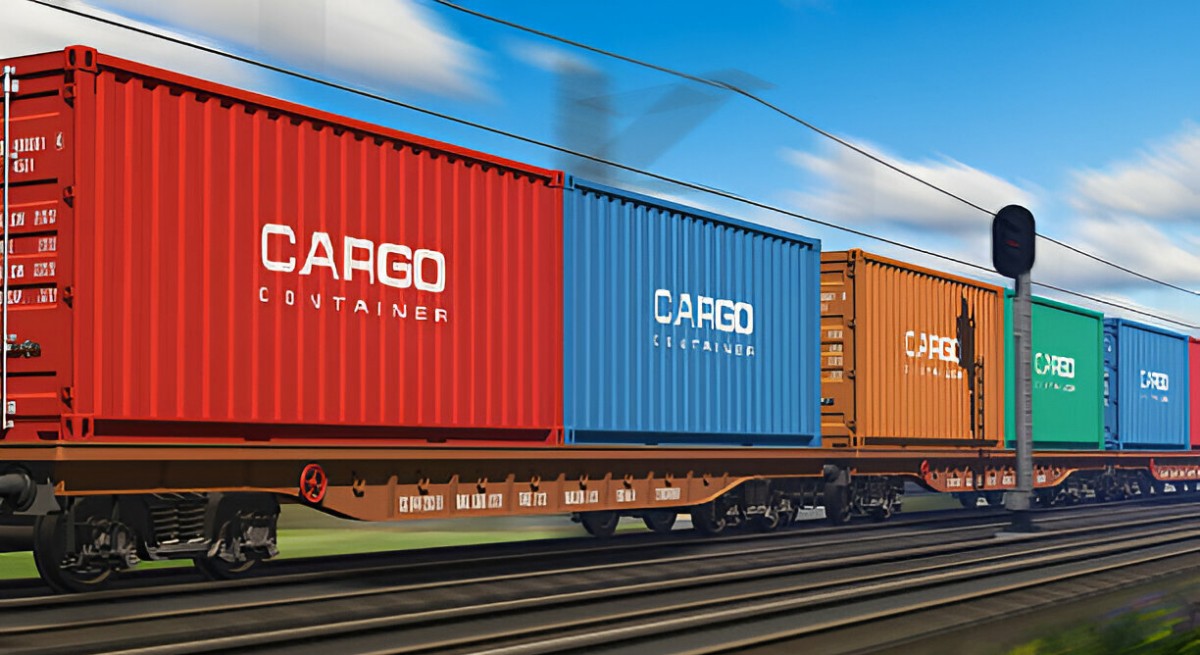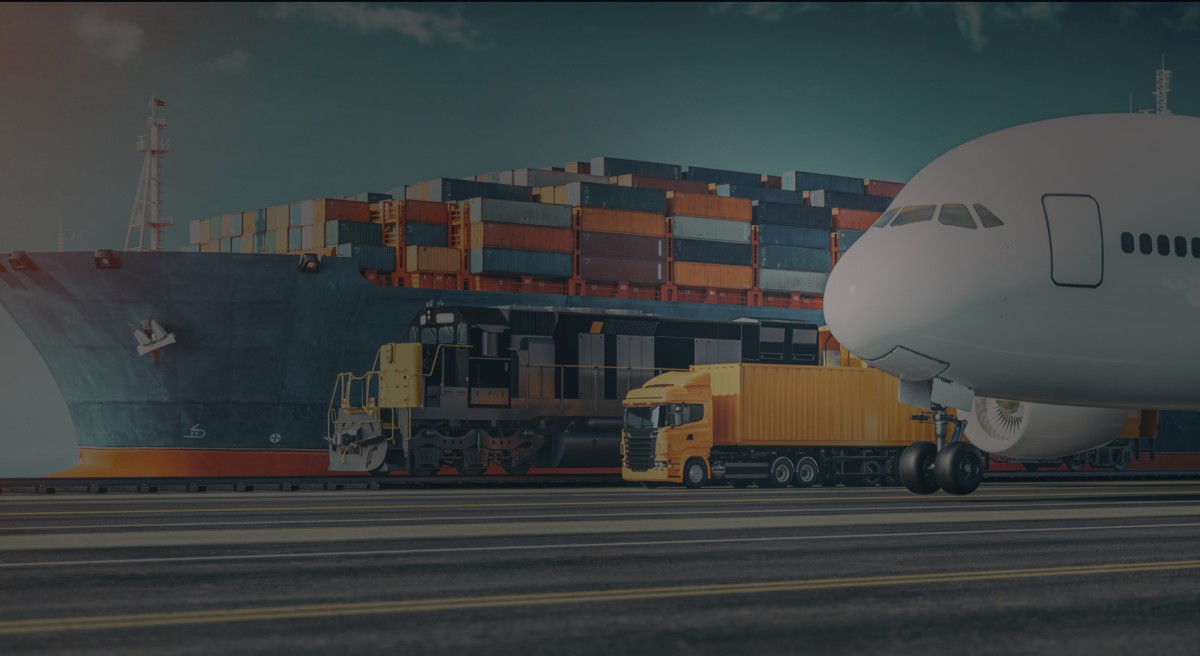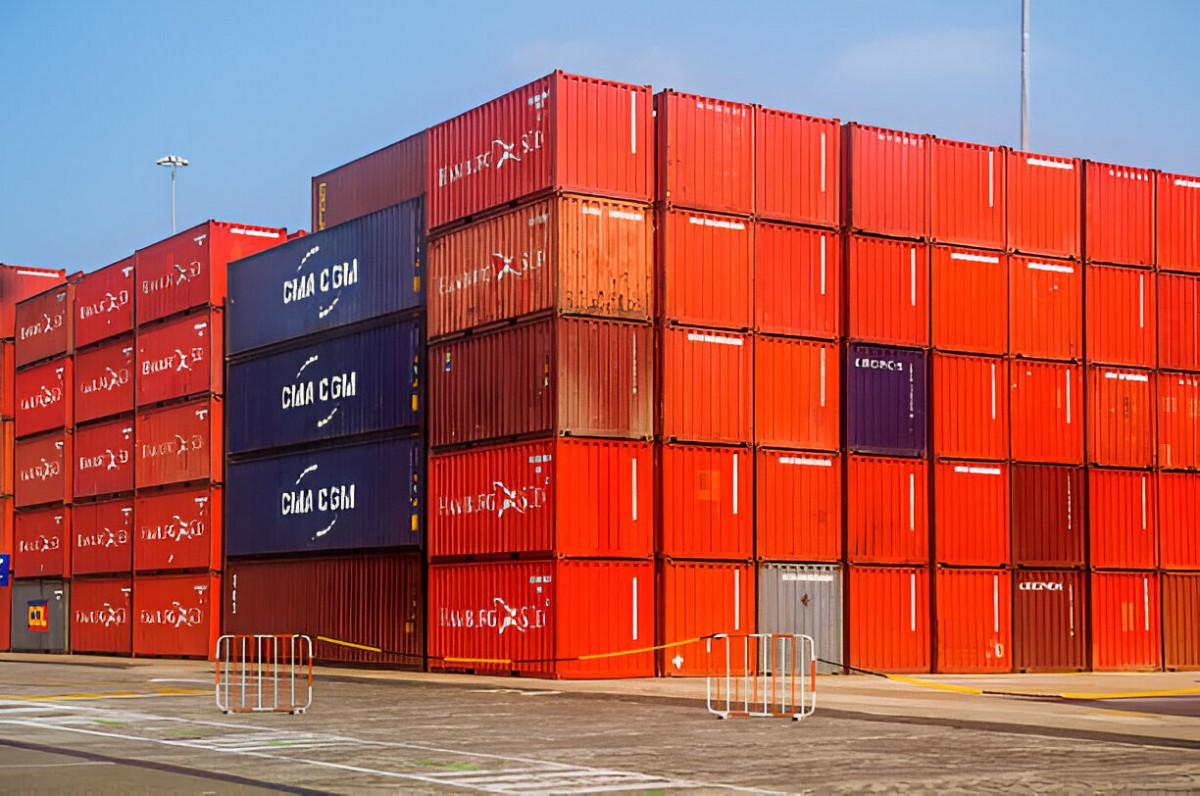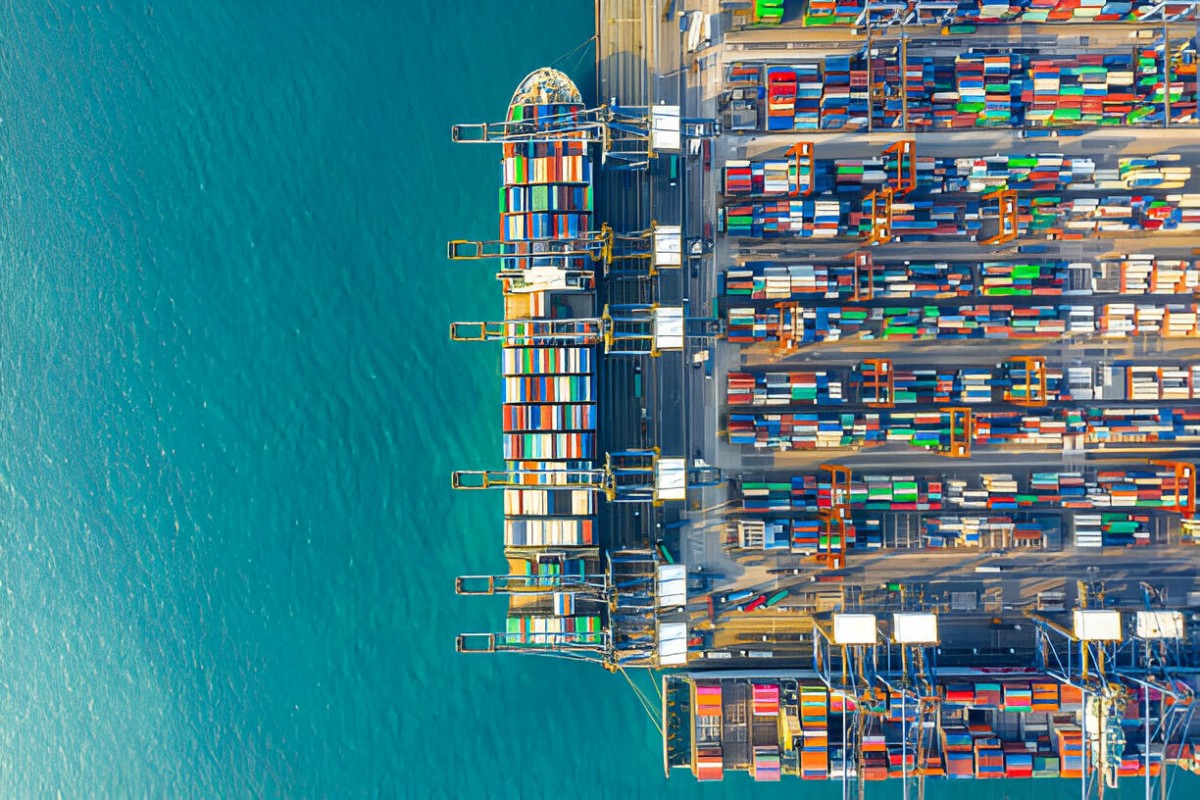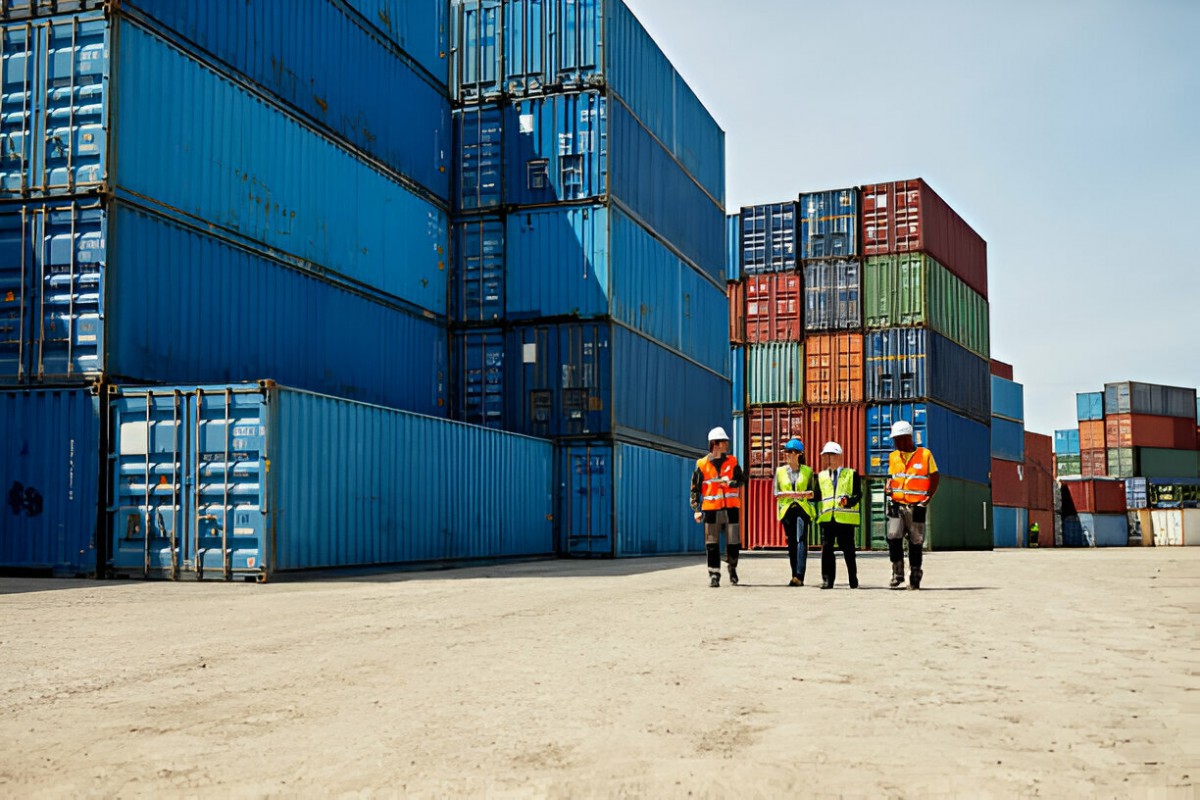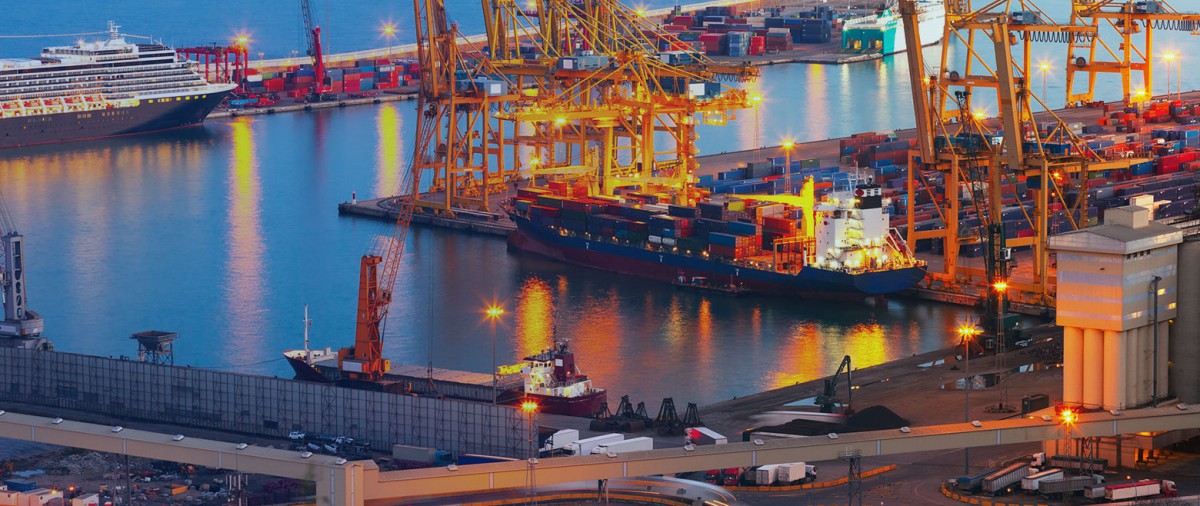Efficient port handling is essential for minimizing delays, reducing costs, and ensuring the timely delivery of cargo, making it an integral part of logistics and transportation networks.
Key Components of Port Handling
1. Port Handling Operations
The primary goal of port handling is to move cargo efficiently and safely from one mode of transport to another, be it from ships to trucks or trains, or vice versa. The process typically involves:
- Loading: The transfer of cargo onto a transport vehicle, such as a ship, truck, or train.
- Unloading: The removal of cargo from a vehicle after arrival at the port.
- Storage: Temporary storage of goods in warehouses or open yards within the port until they are transported to their final destination.
- Transfer: Moving cargo from one mode of transportation to another, such as from a container ship to a railcar or truck.
The Critical Role of Port Handling Equipment, Operations, and Efficiency in Global Trade
2. Role of Port Handling Equipment
- Cranes: Cranes are essential for lifting heavy cargo, especially containers. Ports use different types of cranes, such as gantry cranes, mobile cranes, and overhead cranes, depending on the cargo and the layout of the port. Gantry cranes, for instance, are often used for lifting containers from ships to shore.
- Forklifts: Forklifts are smaller vehicles used for moving palletized cargo around the port, particularly in warehouses and container yards. They are effective in handling small loads but are limited by their lifting capacity.
- Reach Stackers: Reach stackers are versatile machines designed to handle containers in small to medium-sized ports. They can stack containers and transfer them between different modes of transport quickly and efficiently.
- Straddle Carriers: These are tall, specialized vehicles used in container ports for lifting containers and transporting them within the port premises. They can lift containers and place them on trucks or in storage areas.
- Conveyors: For bulk goods such as coal, grain, or ores, conveyor systems are used to transfer cargo between the ship and storage areas or transportation vehicles.
3. Technology in Port Handling
- Automated Cranes and Vehicles: These systems can operate with minimal human intervention, using sensors and computer systems to load and unload cargo accurately and efficiently.
- Real-Time Tracking Systems: RFID (Radio Frequency Identification) and GPS technology allow real-time tracking of containers and cargo, improving coordination and reducing delays.
- Data Management Systems: Modern ports rely on advanced software to manage cargo manifests, ship schedules, and equipment availability, ensuring that operations run smoothly and efficiently.
Importance of Efficient Port Handling
Port handling is a crucial link in the global supply chain. Efficient port handling operations contribute to:
- Reduced Transit Times: By ensuring quick loading and unloading, ports minimize waiting times for ships, trucks, and trains, leading to faster deliveries.
- Cost Reduction: Efficient operations lower operational costs for shipping companies and logistics providers. Delays in port handling can lead to demurrage fees (charges for the use of a ship beyond the agreed time), increasing costs significantly.
- Increased Port Capacity: Ports that handle cargo quickly can accommodate more ships and vehicles, increasing their overall capacity and allowing for greater throughput.
- Minimization of Cargo Damage: Proper handling reduces the risk of damage to goods. For instance, the correct use of cranes and forklifts ensures that cargo is moved safely without unnecessary jostling or rough handling.
Challenges in Port Handling
Despite technological advancements, port handling faces several challenges that can affect its efficiency:
- Congestion: In many large ports, congestion is a significant issue, especially during peak seasons. It can cause delays in loading and unloading, increasing the turnaround time for ships.
- Weather Conditions: Bad weather, such as high winds or storms, can halt operations, as equipment like cranes and forklifts may be unsafe to operate.
- Labor Strikes: Labor strikes and shortages can disrupt port handling operations, leading to severe delays in cargo movement.
- Regulatory Issues: Customs inspections and regulations can slow down the movement of cargo, particularly in countries with strict import and export controls.
Port handling is an essential aspect of global trade and logistics, requiring a combination of skilled labor, specialized equipment, and technology to operate efficiently. By ensuring that cargo is moved quickly and safely between different modes of transport, port handling plays a key role in minimizing delays and keeping the supply chain flowing smoothly. The use of modern technologies and equipment helps ports meet the increasing demands of global trade, although challenges such as congestion and adverse weather conditions continue to pose hurdles. Addressing these challenges is critical to maintaining the efficiency and reliability of port operations worldwide.

